I have declined payout for this post because the ESA images are free for non-commercial use. I do, however, recommend researching this on your own. The links I have provided are a good starting point, but are by no means comprehensive. Please comment or question.

@nostone-unturned wrote this post contemplating some of the questions which physicists and philosophers have been pondering at least since Albert Einstein published his Theory of General Relativity in 1915. Rather than flood his post with a wall of text, images, videos, and banners, it seemed more appropriate to just write my own post on the subject(s).
As many physicists and philosophers are unwilling to admit, there is quite a bit of crossover between the two disciplines.

It is important to understand a couple of things to contextualize this topic:
It is incorrect to say that when we look through a telescope, we are observing the past. More accurately, we are seeing closer into the present. Light from a distant supernova, for example, reaches Earth perhaps billions of years after the supernova occurred. When we look through a telescope, we see the remnant of that supernova closer to how it presently appears. But we cannot see before the supernova occurred. That is to say, if a supernova occurs 13 billion light-years from Earth today and some astronomer happens to be looking through a powerful telescope in that direction, they may observe that supernova as it happens, but even assuming a clear line-of-sight that far out, the light from that event would not be visible to the naked eye for another 13 billion years.
The question, "If a tree falls in the woods and nobody is around to hear the crash, does the tree make a sound?" is a purely philosophical one, because while it is true that the simple act of measuring a phenomenon alters the outcome of the measurement, to hypothesize that the tree doesn't make a sound precludes any discussion of what happened in our universe prior to the appearance of creatures intelligent enough to observe their surroundings. For the same reason, I also don't assume that Shrodinger's Cat is simultaneously alive and dead, but exists in one state or the other whether or not we observe that state. The Uncertainty Principle, in the context of Shrodinger's Cat, merely postulates that either state is equally likely until we observe the cat in one state or the other. It does adequately illustrate the inherent flaw of the Copenhagen Interpretation of Quantum Mechanics.
I'm not assuming, for the most part, that the Big Bang theory is accurate, because it is a very debatable concept and even if it is correct it is only a rough description of the early Universe in lay terms. It is by no means proven, and there is much heated debate in modern Cosmology about both its accuracy (is it true) and applicability (can we prove or disprove it).

So with that out of the way (deep breath), here goes:
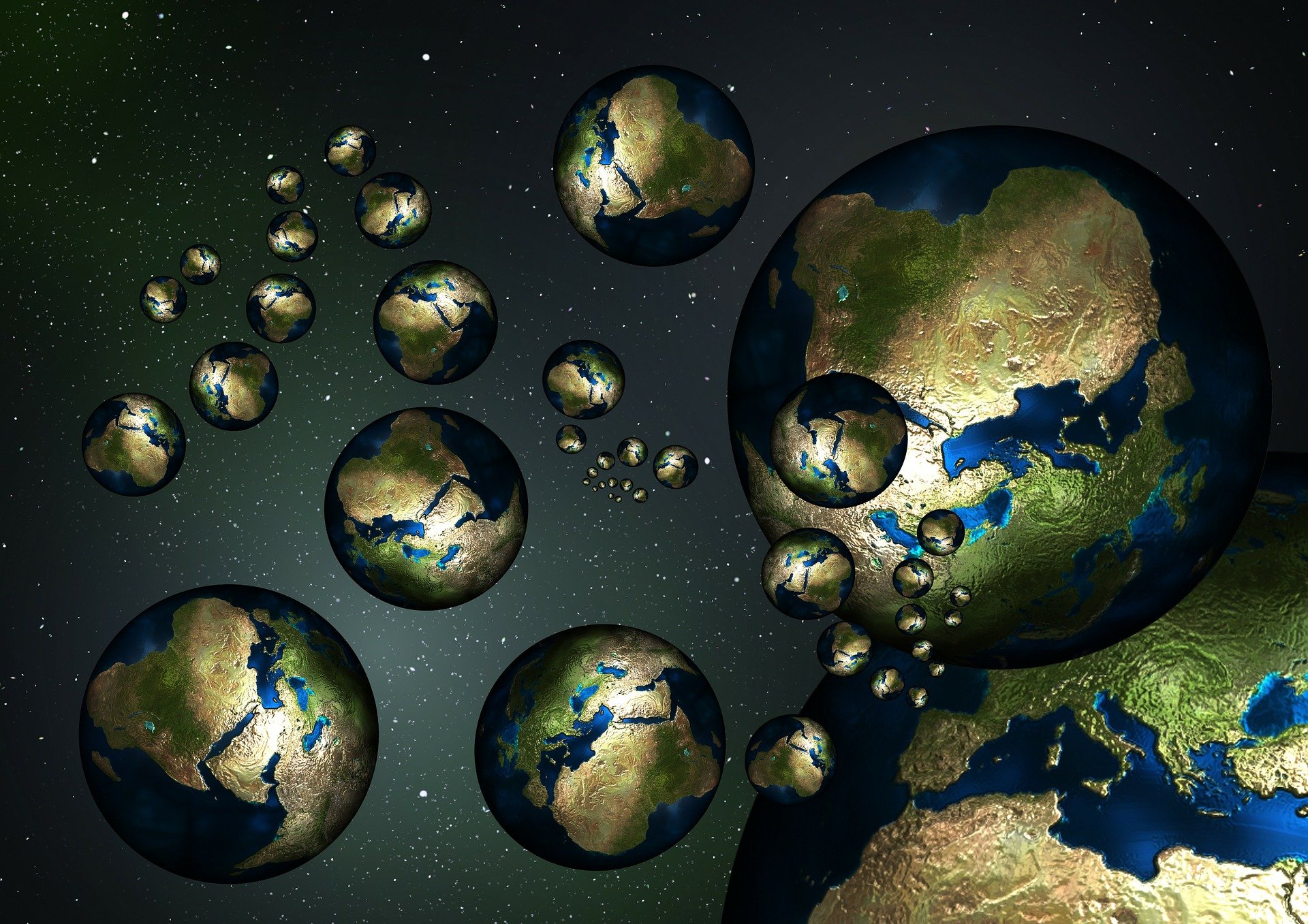
Beyond the furthest atom that has ever traveled away for the center of the universe, beyond the edge of matter, does space and time exist?
This is a variation of the age-old question, "If God created the Universe, who or what created God?" There may be nothing beyond the outer reaches of our universe. Keep in mind that "nothing" is essentially incomprehensible to the human mind, because even an empty void is "something". 0, ∞, and -∞ are used mostly for very specific mathematical calculations and do not exist in nature outside of quantum states. Personally I find that solution unsatisfying, but any other solution becomes a paradox leading back to the same question: If there is a multiverse, for example, what lies beyond that? However, for the sake of sanity, I'll stick mostly to the geometry of space-time in the observable universe.
It is also speculated, though less frequently than in the past, that space-time could be infinite. I actually support a modified form of this hypothesis, which I'll address later. It is entirely possible that our universe has no beginning or end. Imagine your lungs as a very coarse analogy. Where does one breath begin and the previous one end? This is, loosely speaking, how I visualize our universe.
It is generally assumed that we exist in a universe that at cosmic scales is roughly spherical or elliptical. But observation shows that the Universe, at such vast scales, is flat. In 1948, Ralph Alpherin et. al. predicted that if the Universe began with a hot "Big Bang" (which had not been widely accepted at the time), there should be leftover radiation which could be observed in the Universe. The CMB Map supports this prediction, but it is (again, at cosmic scales) a two-dimensional map. Note the elliptical shape. This does not necessarily mean the geometry of the universe is elliptical, because our view into the Cosmos is limited in two directions (broadly speaking) by all the dust and gas in our own galaxy.

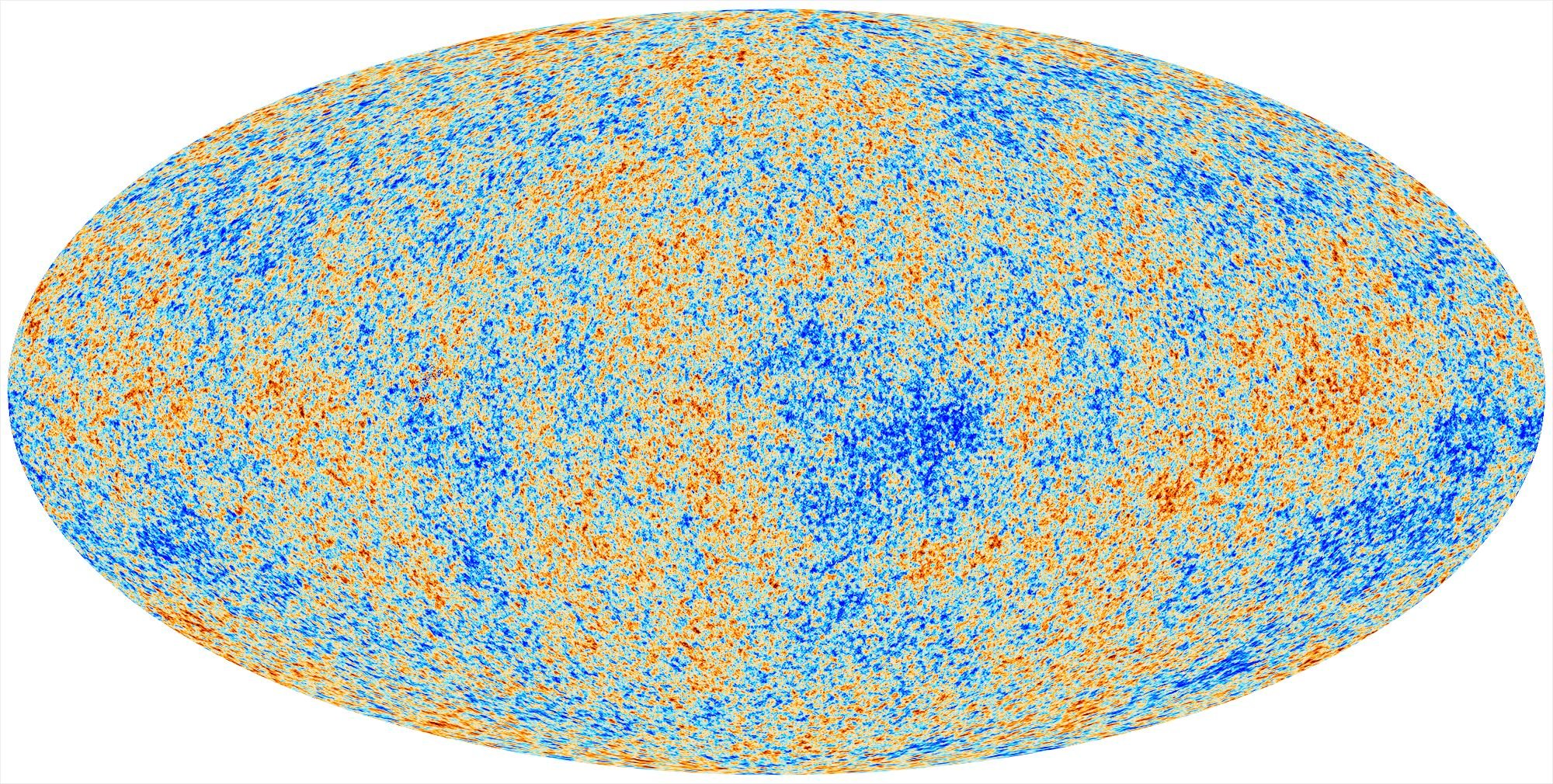
Without time, matter remains stationary and the entire universe would still remain in a singularity. No time = no big bang. Space is the area occupied by matter. It can expand or contract, thanks to time, and it has a theoretical limit.
Nothing is stationary, which I fully realize is both redundant and paradoxical. Nothing, if there is such a state, is the only "thing" which is stationary. But at the Planck Scale everything is in motion. Note that this does not disprove Newton's Laws of Motion, but it does mean that they are only applicable to macroscopic observations.
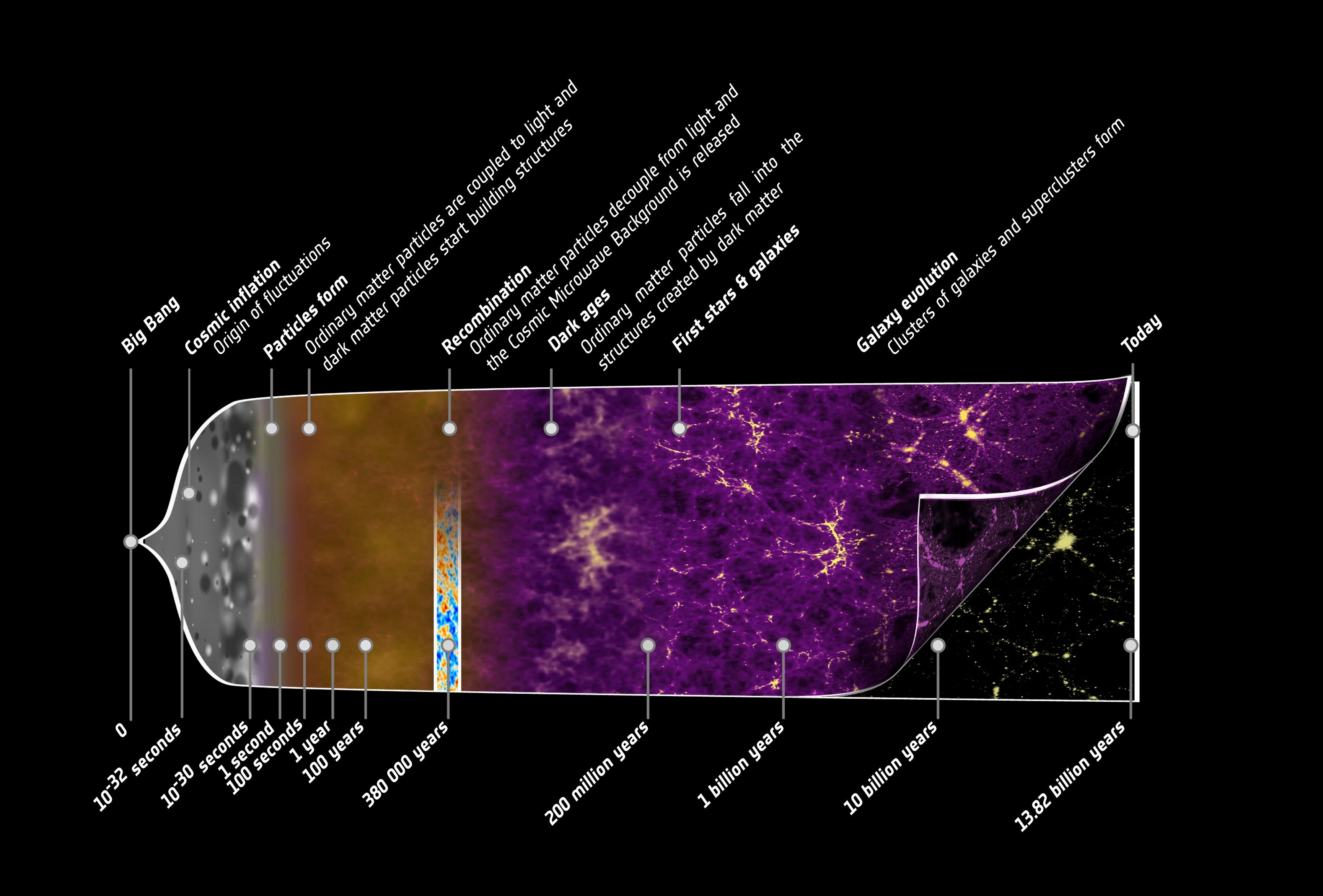
If this inflation theory is correct, which is by no means proven, then it is correct to assume that space-time itself - not the matter within it - is expanding, but it is incorrect to assume that there is an absolute need for time before "the beginning". It helps for the purpose of understanding this concept to think of time as a fourth dimension of space. If the Universe is indeed expanding, then time is expanding (slowing) along with it, but therefore so are all the instruments we use to measure time.
It's the fishbowl paradox, which states that a fish in a bowl will believe that the glass is the edge of the Universe because that is the limit of its observation, and the "outside" will appear distorted by the curvature of the bowl. Perhaps the fish could come up with adequate physics to predict events outside the bowl, but they would be very different from those of the human who exists outside the bowl based on their differing abilities to objectively measure the bowl's geometry.
Time as we understand it is not a requirement for the Big Bang to occur, because quantum 0 is greater-than (positive energy) or less-than (negative energy) 0, and these fluctuations are present even in a vacuum. I believe the No-Boundary Proposal or Hartle-Hawking State put forth by Hawking et. al. is closer to "the truth", as described in the video below.


How far have they traveled in ~14.5 billion years? Definitely farther than we can detect with modern technology. There must be some that never got caught up in stars to form larger atoms.
and
Is there an actual finite edge of the space-time continuum? If you could somehow get to the edge of the universe, could you measure anything beyond? All of our measurements are taken between two or more points in space or time. How do you measure the distance between two points in an area that has no points?
I will attempt to tackle both of these at once. The observable Universe is approximately 93 billion light-years in diameter. How can this be, if the Universe has only existed for 13.8 billion years and nothing can travel faster than light? Shouldn't the Universe be approximately 27.6 billion light-years in diameter? The answer lies in the law of conservation of energy, which states that the total energy in a closed system remains constant as the system evolves (or devolves). Therefore the total energy volume of the Universe was exactly the same from 10-36 seconds until approximately 10-32 seconds after the singularity event (which is estimated to be the end of the inflationary period), and right through to the present. Time, therefore, very well may have passed under such conditions many orders of magnitude "faster" than we perceive it today, but if we had existed then, we would not have measured any difference from within that space-time. Thus, the Universe may very well be 46.5 billion years old, with 32.7 billion of those years passing in what we today measure as a tiny fraction of a second (inflation). It is also perhaps equally possible that the Universe is in fact 13.8 billion years old and that different physics applied before it cooled sufficiently for elementary particles to coalesce into the earliest atomic structures. Any laws of physics should apply in either scenario.


Now this is assuming that the laws of physics work the same at the edge of the universe as they do within the visible universe. We already know that things like black holes mess with physics, so why assume that the edge of the universe would follow standard rules?
Relativity is a theory, not a law, because we can observe that it does not apply at extremely high matter and energy densities (think thousands of solar masses or more). Gravity warps both space and time, so General Relativity (which is ultimately a theory of gravity) fails to accurately predict what should occur near a super-dense object like a "black hole". Any law of physics must accurately predict outcomes for the entire spectrum of possible and theoretical energy densities. The truth is, we may never have a "Grand Unified Theory" until we are sufficiently advanced to observe the Universe from the outside, which may be impossible.

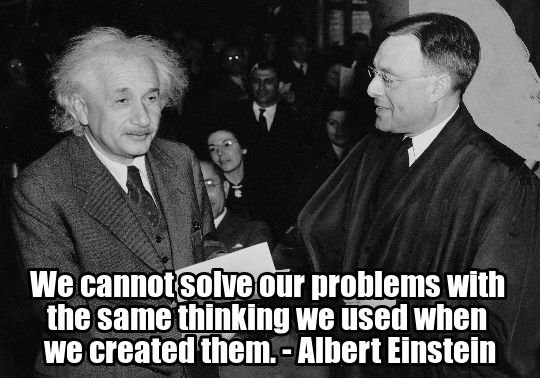
Can time function here if there is no matter? How can we measure the flow time of time here if we cannot measure length, rate of oscillation, or radioactive decay? Likewise, could three-dimensional space exist in this “null space”?
The simple answer is, "Yes." But it isn't, of course, a simple answer. We can predict what should happen across the event horizon of a "black hole", but we use General Relativity to make such predictions despite knowing that it breaks down at such high energy densities. That is because, at least for now, General Relativity (gravity) and the Standard Model (the other three fundamental forces) are the best we've got. There have also been some recent (at least in terms of peer-reviewed science) indications of a fifth fundamental force from observations of high-energy particle collisions, but I believe that "dark matter", while a great TV show that was sadly canceled by SyFy, is a ghost that is much more elegantly explained by "black holes" that have "consumed" all the matter within range of their gravitational pull, and thus become unobservable directly. If my hypothesis is correct, at least some of their gravitational effects should be localized enough for observation.


Without any matter to act as a reference, how could we define that space in the X-Y-Z plane?
If our universe exists within some medium which is devoid of matter, the laws of physics there should hold true everywhere, including in our own universe, but may completely rewrite what we understand as physical reality. Einstein originally fudged his equations to account for this Cosmological Constant (many great thinkers at the time believed in this Cosmic Æther), which led to his famous quote that, "God does not play dice with the Universe." Einstein believed that the Universe was created (whether or not by God) in basically its current observable form, and remained there. It was a conversation with a Catholic priest and mathematician named George LeMaitre, who had been working on theories of an expanding universe for some time, which finally convinced Einstein that he was wrong and which was confirmed by Edwin Hubble. If the Universe was expanding, it must have been smaller in the past, and at some point it must have been infinitely dense and hot. This is why General Relativity breaks down and cannot predict what should occur before that point of infinitely-dense space-time.
Except that Einstein wasn't necessarily wrong. It appears that there is, indeed, a cosmological constant, which is also called super-symmetry depending on which branch of field theory you're researching at any given moment. Note that supergravity is a modern field theory in almost direct opposition to multiverse theory.
This is also true for any other universe in the Multiverse theory and precludes the necessity (but does not rule out the possibility) of a divine being creating the Universe or Multiverse. It may very well be that every universe has its own physics, most of which would blink in and out of existence in a near-instant, but the ones which can potentially support intelligent life are the only ones we have any practical reason to be interested in. If the mass of electrons was only 1% different, atomic bonds could not occur (lighter) or everything in the Universe would be so dense that it would almost instantly collapse in on itself (heavier). Many theologians point to this as Serendipity or Divine Providence, but it is could just as likely be probability - we just happen to be in a universe with the ideal conditions to exist long enough for intelligent life to evolve. Many physicists believe this is an evasion and thus the death knell of any multiverse theory, but I believe it is important to at least ask these questions, if for no other reason than to push the boundaries of knowledge, even if most of our hypotheses are disproved.

My Hypothesis

What if we are not in a universe, but on one? Shades of Horton Hears a Who, perhaps. We could be micro-organisms on some immense toddler's soap bubble, which would make that toddler God, or equivalent enough if and when they decide to stick their finger into this particular soap bubble. Any organisms which evolved enough to measure time within the surface membrane of this bubble would perceive it passing much faster than the toddler would from the outside. Furthermore, the physics which ruled the toddler's universe would therefore have to be consistent across all of the bubbles they blew.
This solves several key questions, such as, "Where is the boundary, if any?" because it is roughly spherical or elliptical and it is therefore as meaningful a question as asking where the surface of the Earth begins or ends. It also explains why even our best telescopes cannot penetrate what appears to be a fog or haze at the outer reaches of the visible Universe. Because the light is curved over vast distances of space-time and there appears to be a horizon, for the same reason you cannot see Los Angeles from New York City but you can see both from high enough orbit. The mammoth toddler can see both our universe and any other they have blown through their cute little bubble-stick.
This hypothesis explains why other galaxies not only appear to be moving away from us, but the farther away they are, the faster they appear to be moving away. You can observe this effect yourself with a simple experiment. Take two balloons. On the first, place two ink dots one inch apart. On the second, place two ink dots two inches apart. Now inflate the balloons at the same rate. The dots on the second balloon appear to be moving apart at twice the rate of the dots on the first balloon. So it is with the Universe. Our measurements are all taken from our vantage point, which has unfortunately led to the popular understanding that the relative velocity of distant celestial objects is somehow dependent upon our space-time coordinates here on Earth, but if you stood on a planet in the Andromeda Galaxy, you would observe the same phenomenon relative to your position in space-time.
The CMB Map shown above does not represent the geometry of the entire Universe - only the extent of our measurable line-of-sight - and may represent the observable depth of such a membrane but be a tiny fraction of its overall circumfrence.
Finally, this accounts for "dark matter" or "missing mass", which is a hypothesis that exists because the amount of gravity we can measure in the observable Universe is far greater than the matter distribution in that space can account for. I think some of this has to to with electromagnetic fields created by the spin of various higher concentrations of matter, or soap, on the surface membrane, but the relatively empty space inside the membrane itself has mass. This may appear to be a trivial amount, but it is the mass and pressure of air inside a soap bubble that allows it to hold its shape until it becomes greater than the tolerance of the weakest chemical bond on the surface of the bubble.


This entire series was good (even if Roger Penrose has apparently eaten too many mushrooms), but this is by far the best part in my opinion (RIP Professor Hawking) and describes either answers to or evasions of many of these questions, depending on your relative point of view. (See what I did there?)
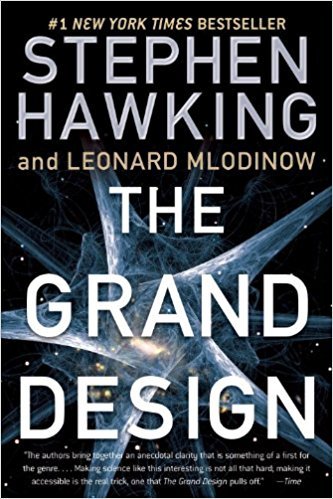
Source/Buy it
I highly recommend reading The Grand Design by Hawking and Mlodinow, which is also available as an audiobook.



Contact Me
Steem Chat, Signal, ProtonMail: ancapbarbie
Discord: ancapbarbie#0001



 Steemit LGBT+ Discord
Steemit LGBT+ Discord